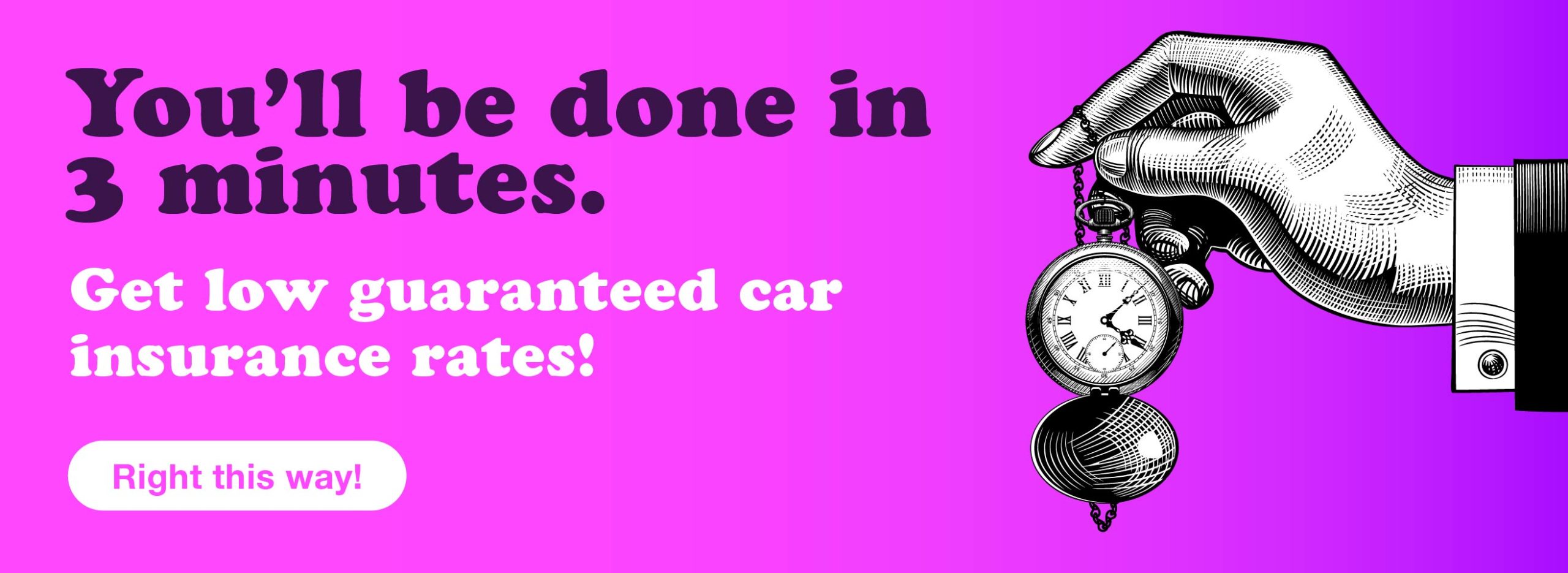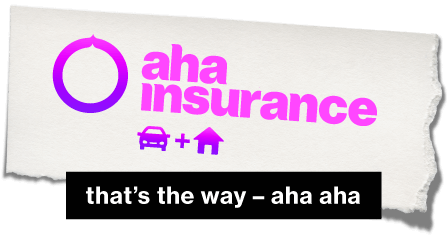If you drive, you have the potential to be in an accident. A 2019 survey conducted for Aviva Canada found that “Over 50% of Canadians are unprepared to navigate the claims process, following a car accident.” Therefore it’s crucial to know what to do after an accident to start your car insurance claim process, especially if it wasn’t your fault. In Canada, having auto insurance is your ticket to financial protection should you find yourself involved in a car accident.
As a policyholder, you should first understand how claims are handled, even before you have to file one. Below you’ll find what you need to know about car insurance when you’re not at fault for the accident and how the claim process works.
How does the car insurance claim process work when it’s not your fault?
In Ontario, drivers have no-fault car insurance if they have insurance coverage. This system was created to avoid long insurance disputes from the 1980s. No-fault insurance means drivers involved in an accident file a claim with their own insurance companies to get paid for damages and injuries.
With no-fault insurance, your insurance company will always handle and pay for any insured losses involving you, your car, and your passengers. This makes the claims process faster, so drivers can get reimbursed quickly. Since it’s clear who will cover the claim, your insurance provider can focus on getting you and your car back on the road.
How long does it take to file a no-fault insurance claim?
Filing an auto insurance claim is often a quick and easy process. Most of the time, it won’t take longer than an hour, though it could take as little as 15 minutes in some instances. In the end, it will vary based on the extent of the collision, the amount of information you can give your adjuster, and the number of questions your adjuster asks. Still, how long it will take an insurer to react to a claim differs. Talk to your insurance company or an insurance broker, such as one at aha insurance, about the length of the claims procedure to gain a better idea.
How does a no-fault claim affect my insurance?
Fault is crucial in insurance because it might affect your claim and future premiums. Insurance companies determine fault using the Fault Determination Rules, which are set down by the Province in the Insurance Act, to establish who is at fault in an accident. In virtually every imaginable scenario, these rules define who is to be deemed to be at fault.
Fortunately, if the insurance companies involved determine that you are not at fault, your base insurance premiums won’t change! If you have accident forgiveness coverage, you’ll still be able to hang on to that. However, you might lose a “claims-free discount” if your insurer had originally offered you one.
How to file a car insurance claim in Ontario
A no-fault insurance claim process for Ontario is rather simple. Here is a brief, detailed guide on how to submit a car insurance claim:
1. Notify the police to report the collision
If the total damage between all vehicles is under $2,000, you don’t need to report the accident to the police to file an insurance claim. However, you must report the accident if any of these exceptions apply:
● If someone is injured
● If one of the drivers does not have car insurance
● If the collision is a result of a criminal act, such as DUI, impairment, etc.
● If the accident causes damage to private or municipal property
● If the accident involves a government vehicle
● If the accident involved a pedestrian
● If the collective damage is equal to more than $2,000
When filing a police report, make sure you file it within 24 hours.
2. Collect facts and information from the accident
Here’s a list of the information you will need for your report. Try to collect as much as possible:
● Date, time and location of the accident
● Any injuries
● Damage to the vehicle (take pictures and video)
● Make, model, year, registration and licence plate number of the vehicle
● Names and driver’s licence numbers of the other driver involved
● Names of insurance companies and policies of all drivers involved
● Number of passengers involved
● Your description of the accident
● Your policy number
● Witness statements and their contact information
● Police report, plus the name and badge number of the investigating officer
The more details you give, the easier it will be to establish who is at fault for the accident and the quicker your insurance company will be able to process the claim.
3. Call your car insurance provider and report the accident
Call your insurance provider as soon as you can and provide them with all of the information you collected from the accident. Should you file your report after seven days, it could mean that they are not required to honour your claim.
4. Answer all of your claims adjuster’s questions
After you file an accident report, a claims adjuster will contact you. They will assess the damage to your vehicle, answer any questions about your insurance, and explain the claims process.
5. Determining fault
This can be tricky because both drivers can share responsibility. The adjuster will use the Fault Determination Rules. If a driver is found to be more than 25% at fault, their insurance premiums will increase, and their driving record will show the incident.
6. Receiving your payment
After determining fault for the accident, it’s up to your insurance company whether they want to cover the repairs or replace your vehicle entirely.
Your insurance will cover your vehicle’s repairs, either by paying you or the repair company after you pay the deductible. If the accident wasn’t your fault, the deductible might be waived. If they choose to replace your vehicle, you’ll receive its actual cash value.
The bottom line for no-fault insurance
In Ontario, the no-fault insurance system means that even if you’re in a car accident, you can still be held responsible, and the police can charge you if you break the law. However, it also means that each driver files claims for damage and injuries with their own insurance company. This makes the process faster and easier for everyone involved in the accident.





